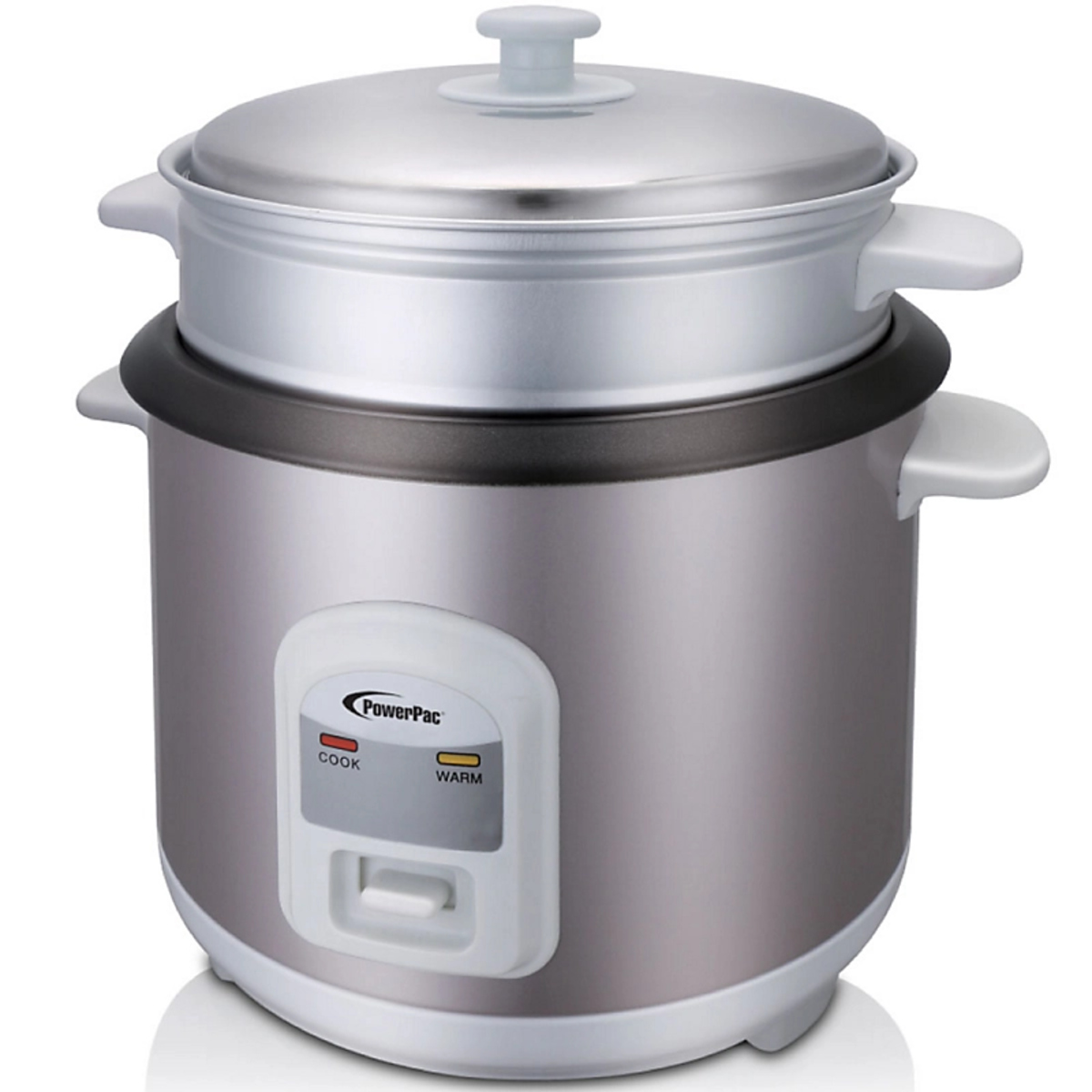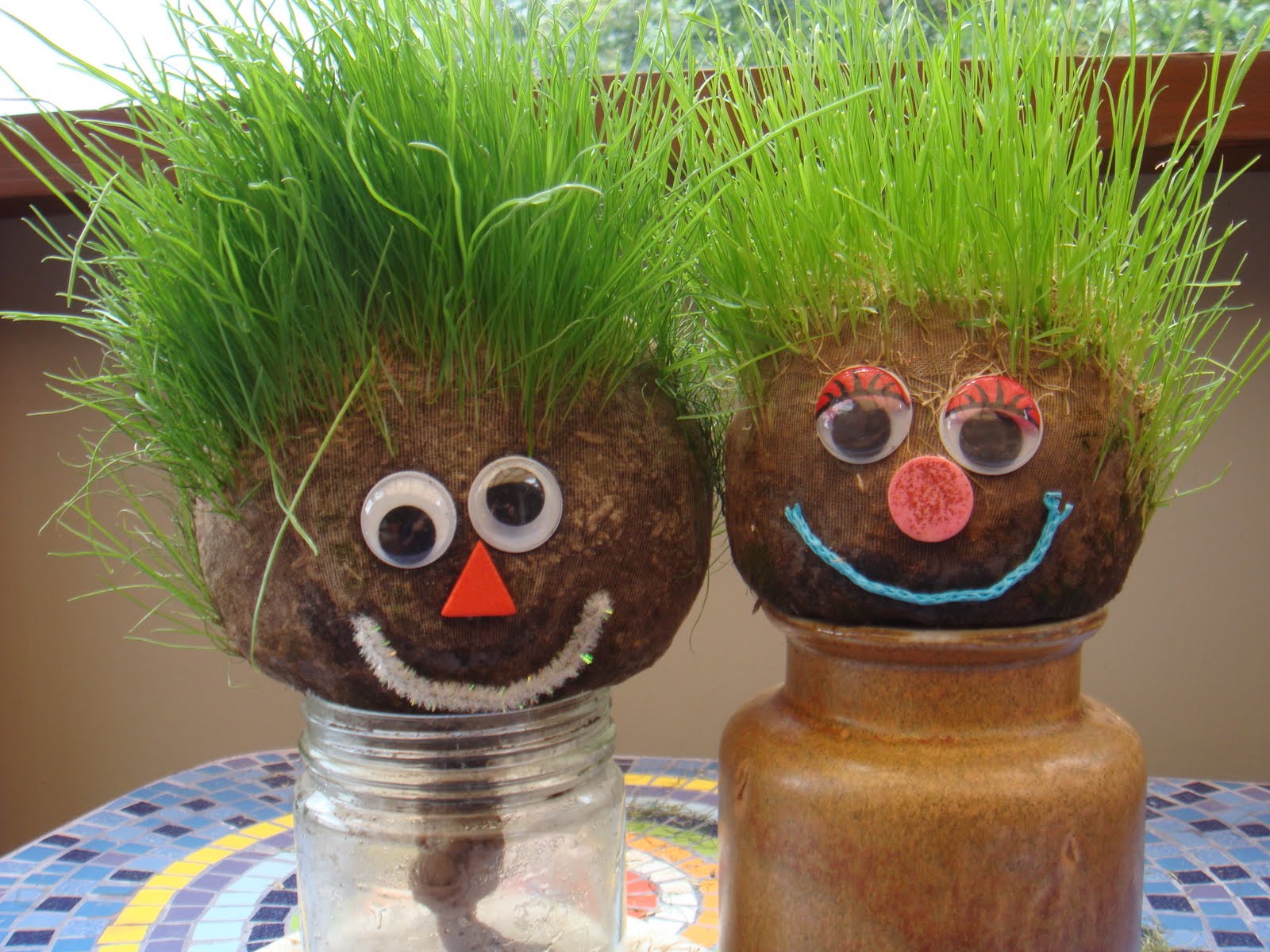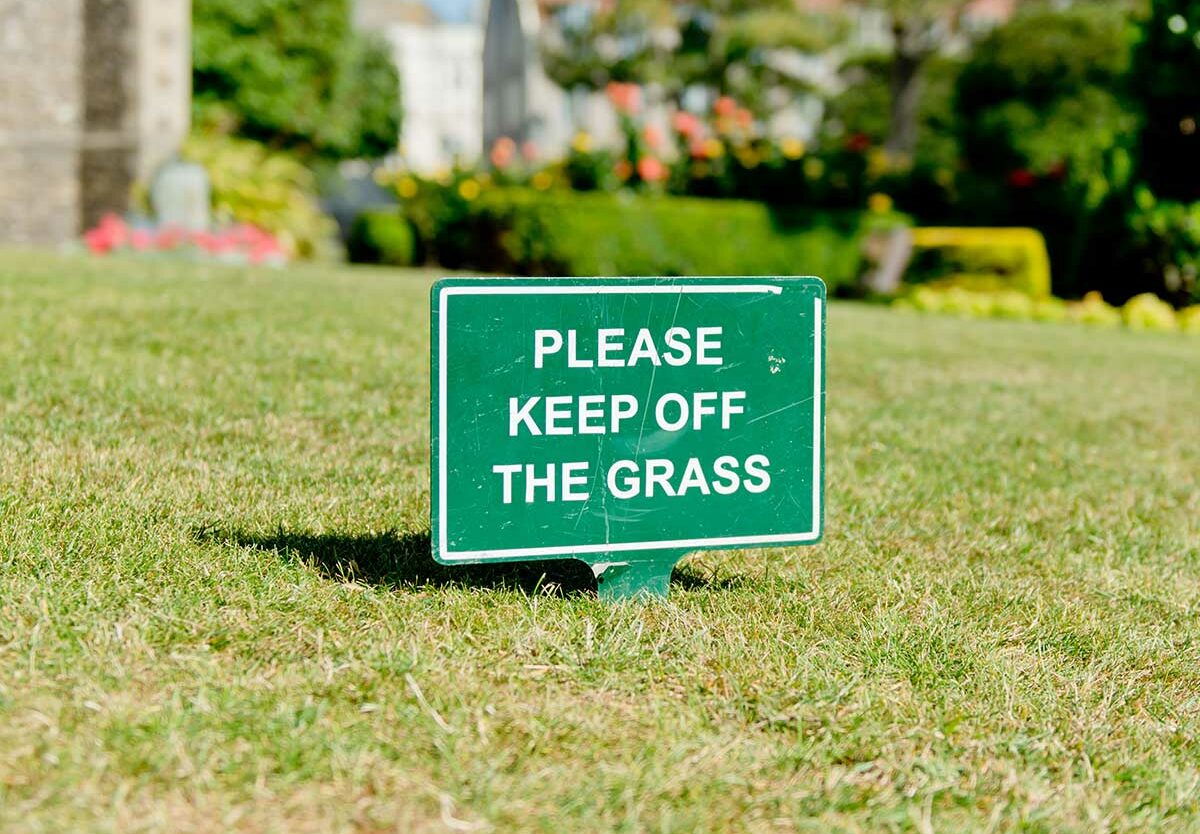

Articles
How Many People Are In The Garden
Modified: January 6, 2024
Discover the secrets of gardening and find out how many people are in the garden. Learn expert tips and techniques for successful gardening.
(Many of the links in this article redirect to a specific reviewed product. Your purchase of these products through affiliate links helps to generate commission for Storables.com, at no extra cost. Learn more)
Introduction
Welcome to the world of gardening, where the beauty of nature flourishes and green thumbs thrive. Gardening is not just a hobby; it’s a passion that connects people with the earth and allows them to create a personal oasis. As a gardening expert, I’m here to shed light on an intriguing aspect of your garden that you may have overlooked – the garden population.
Have you ever wondered how many living beings share your garden space? From insects and birds to animals and humans, there’s a vibrant ecosystem at play. Understanding the garden population is not only fascinating but also essential for maintaining a balanced environment and promoting biodiversity.
In this article, we will delve deeper into the factors that affect the garden population, explore various methods for estimating the number of individuals, discuss the challenges faced in counting them, and highlight the benefits of knowing your garden’s population.
So, grab your gardening gloves and embark on this journey to uncover the hidden world within your garden. Let’s get started!
Key Takeaways:
- Embrace the diverse garden population, from insects to humans, to create a thriving ecosystem. Understanding and supporting this community promotes biodiversity and enhances the beauty of your garden oasis.
- Counting and understanding the garden population, including humans and wildlife, offers valuable insights for ecosystem management, conservation efforts, and enhancing the overall garden experience.
Read more: How Many People Watch Television A Day
Understanding the Garden Population
When we talk about the garden population, we are referring to the diverse range of living creatures that inhabit your garden. This population can consist of insects, birds, animals, and even humans who spend time in the garden. Each member of this population plays a vital role in the ecosystem, contributing to its overall health and balance.
Insects, such as bees and butterflies, are essential pollinators that help plants reproduce. They play a crucial role in maintaining the fertility and biodiversity of the garden. Birds, on the other hand, not only add a melodic charm to the garden but also act as natural pest controllers by feeding on insects that could damage plants.
Animals like squirrels and hedgehogs are often seen scampering around the garden. While they may munch on your plants occasionally, they also help in dispersing seeds and contribute to soil aeration through their digging activities.
And of course, humans are an integral part of the garden population. Whether you’re tending to your plants, enjoying a cup of tea on the patio, or engaging in outdoor activities, your presence has an impact on the garden ecosystem.
Understanding the dynamics of the garden population is crucial for maintaining a sustainable and harmonious environment. By studying the different species and their interactions, we can make informed choices about gardening practices, such as plant selection and pest control, that will benefit the entire ecosystem.
Next, let’s explore the factors that can influence the size and composition of the garden population.
Factors Affecting the Garden Population
The size and composition of the garden population can vary depending on several factors. Understanding these factors is vital for creating a garden environment that supports a diverse and thriving ecosystem.
1. Habitat: The type of garden and its surroundings play a significant role in determining the population it can support. Different plants and features attract various species. For example, a garden with flowering plants will likely attract bees and butterflies, while a garden with trees and shrubs may be more appealing to birds and small mammals.
2. Food Availability: The availability of food sources directly impacts the garden population. Different species have specific dietary needs, and having a variety of plants that provide food at different times of the year ensures a continuous food supply. This diversity attracts a variety of species, adding to the richness of the garden population.
3. Water: Adequate water sources are essential for supporting a diverse population. Installing bird baths, ponds, or even a small water feature can attract birds, amphibians, and other creatures that need water for drinking or breeding.
4. Shelter and Nesting Sites: Providing shelter and nesting sites is crucial for encouraging breeding and ensuring the survival of various species. Trees, shrubs, and dense vegetation can provide hiding places and nesting sites for birds and small mammals. Creating a variety of microhabitats, such as rock piles and log piles, can also attract insects and reptiles.
5. Pesticides and Chemicals: The use of pesticides and chemicals in the garden can have a detrimental impact on the garden population. These substances can harm beneficial insects, birds, and animals, disrupt the natural balance, and reduce biodiversity. Opting for organic gardening methods and natural pest control techniques can help create a safer and healthier environment for the garden population.
By considering these factors and making conscious choices in garden design and maintenance, we can create an environment that supports a diverse and thriving garden population. In the next section, we will explore the different methods for estimating the number of individuals in your garden.
Estimating the Number of Individuals
Estimating the number of individuals in your garden population may seem like a daunting task, but there are several methods you can use to gather valuable information about the abundance and diversity of species present. Here are a few common estimation techniques:
1. Visual Surveys: One of the simplest ways to estimate the number of individuals is through visual surveys. Spend time observing your garden and take note of the different species you encounter. This method can provide a rough estimate of the population, especially for larger organisms like birds or mammals. Keep a record of the species you see and the frequency of their visits to better understand their presence in your garden.
2. Transect Sampling: Transect sampling involves setting up designated paths or lines in your garden and systematically recording the number and types of species you encounter along these lines. This method is particularly useful for studying the distribution of plants or smaller organisms like insects. By repeating the transect sampling process regularly, you can monitor changes in the garden population over time.
3. Citizen Science Programs: Participating in citizen science programs can be an exciting way to gather data about your garden population. Many organizations have initiatives where individuals can contribute observations and data on specific species or ecological surveys. By participating, you not only gain insights into your garden population but also contribute to broader scientific research and conservation efforts.
4. Camera Traps: Setting up camera traps can be an effective method for estimating the presence of elusive or nocturnal species in your garden. These motion-activated cameras capture images or videos of wildlife, giving you a glimpse into the otherwise hidden aspects of your garden population.
Remember, these estimation methods provide approximations and may not capture every individual in your garden. However, they can provide valuable insights into the diversity and abundance of species present, aiding in better understanding and management of your garden ecosystem.
In the next section, we will discuss the challenges and considerations involved in counting individuals in the garden population.
To estimate the number of people in a garden, count the number of individuals in a small area and then multiply that number by the total area of the garden to get an approximate total.
Methods for Counting People in the Garden
While counting the non-human members of the garden population can be challenging, counting the human visitors is relatively more straightforward. Here are a few methods commonly used to estimate the number of people in the garden:
1. Manual Count: The simplest method is to manually count the number of people present in the garden at a specific time. This can be done by physically counting individuals or using tally marks. Depending on the size of your garden and the number of visitors, you can choose to count them yourself or assign the task to others.
2. Visitor Log: Another method is to maintain a visitor logbook at the entrance or a prominent area of the garden. Visitors can voluntarily record their presence by signing the logbook or leaving a mark. This method provides a record of the number of visitors over time and is particularly useful for busy gardens or public spaces.
3. Surveillance Cameras: Installing surveillance cameras strategically in the garden can help capture the movement and activities of visitors. This technology allows you to review the footage and estimate the number of people visiting your garden throughout the day. However, it is crucial to respect privacy and inform visitors about the presence of surveillance cameras.
4. Ticketing or Registration System: If your garden requires tickets or registration for entry, the number of people can be easily counted based on ticket sales or registrations. This method provides an accurate count of visitors and can be useful for managing capacity and planning events in the garden.
It’s important to note that these methods are specific to counting human visitors and may not be applicable for estimating the total garden population, which includes insects, birds, and animals. However, understanding the number of people in the garden can help in assessing the impact of human activity on the garden environment and planning for visitor management.
Now that we’ve explored different methods for counting people in the garden, let’s move on to discuss some challenges that arise when trying to count individuals in the garden population.
Read more: How Many People Have Alexa
Challenges in Counting People
Counting people in the garden population comes with its own set of challenges. Here are a few common obstacles that you may encounter when trying to estimate the number of individuals in your garden:
1. Variability in Visitation: The number of people in your garden can fluctuate significantly throughout the day, week, or year. Factors such as weather conditions, seasons, and special events can greatly influence visitation patterns. Counting people during different times and days can provide a more accurate representation of the overall visitation, but it requires consistent monitoring over a period of time.
2. Multiple Entry Points: Gardens often have multiple entry points, making it difficult to capture every visitor’s presence accurately. It is important to place counting mechanisms strategically to cover all potential entry areas. However, it is still possible that some visitors may not pass through these designated counting points.
3. Group Size and Mobility: Visitors may arrive in groups, making it challenging to count individuals accurately. Large groups may be more difficult to count, especially if they disperse throughout the garden quickly. Additionally, visitors may move around freely within the garden, making it harder to track their exact numbers and movements.
4. Privacy and Consent: Counting people in a garden raises privacy concerns. It is essential to respect the privacy and consent of visitors when implementing counting methods. Informing visitors about any surveillance or tracking mechanisms and ensuring that their data is protected and used responsibly is of utmost importance.
5. Human Error: The process of manually counting people in a garden is susceptible to human error. Miscounting, forgetting to record, or inaccurately tracking the number of visitors can lead to unreliable data. It is crucial to establish clear protocols and procedures to minimize the chance of errors.
Despite these challenges, counting people in the garden population can provide valuable insights into visitor patterns, help in capacity planning, and evaluate the popularity of certain areas. By considering these challenges and implementing appropriate counting methods, you can gather useful information about the human presence in your garden.
In the next section, we will explore the benefits of knowing the garden population, both in terms of humans and other living creatures.
Benefits of Knowing the Garden Population
Having a good understanding of the garden population, both in terms of humans and other living creatures, offers several significant benefits. Let’s explore some of the key advantages of knowing the diverse inhabitants of your garden:
1. Ecosystem Management: Understanding the garden population allows you to make informed decisions about managing your garden ecosystem. By knowing which species are present, you can create a habitat that supports their needs, such as providing specific food sources, nesting sites, or water features. This promotes biodiversity and helps maintain a healthy balance within the ecosystem.
2. Pest Control and Pollination: A diverse garden population can contribute to natural pest control and pollination. By identifying the beneficial species in your garden, such as ladybugs or bees, you can encourage their presence and reduce the need for chemical pesticides. Similarly, knowing which plants attract pollinators helps support plant reproduction and increases the overall productivity of your garden.
3. Conservation Efforts: Understanding the garden population can contribute to broader conservation efforts. By recognizing the presence of endangered or threatened species, you can take steps to protect their habitat and contribute to their conservation. Your garden may serve as a crucial refuge for these species, helping to preserve their populations and support biodiversity conservation on a larger scale.
4. Wildlife Watching and Enjoyment: A diverse garden population creates opportunities for wildlife watching and enhances your overall garden experience. Observing the various creatures that visit your garden brings joy, connects you with nature, and increases your appreciation for the wonders of the natural world. It adds a sense of wonder and excitement to your gardening journey.
5. Educational Opportunities: Knowing the garden population opens up educational opportunities, whether it’s for yourself, your family, or even your community. You can learn about the fascinating behaviors, life cycles, and interactions of the different species in your garden. This knowledge can be shared through workshops, educational programs, or simply by connecting with others who share your interest in gardening and wildlife.
By understanding and appreciating the garden population, you can create a nurturing environment that supports the diverse community of living beings. It allows you to actively contribute to conservation efforts, promotes sustainable gardening practices, and enhances the overall well-being of your garden ecosystem.
Now that we have explored the benefits of knowing the garden population, let’s conclude our journey through the fascinating world of gardening.
Conclusion
As we conclude our exploration of the garden population, it becomes evident that there is much more than meets the eye in the realm of gardening. The garden population encompasses a diverse range of species, from insects and birds to animals and humans, each playing a unique role in the ecosystem.
Understanding the factors that affect the garden population, such as habitat, food availability, water sources, and shelter, allows us to create an environment that supports biodiversity and promotes a flourishing garden ecosystem. Estimating the number of individuals, both through visual surveys and more advanced techniques like transect sampling and camera traps, helps us gain valuable insights into the abundance and diversity of species present.
While counting people in the garden population presents its own challenges, methods such as manual counts, visitor logs, surveillance cameras, and ticketing systems help provide an estimate of human visitors. By properly considering privacy concerns and maintaining accurate records, we can better manage garden capacity and plan for visitor engagement.
The benefits of knowing the garden population are manifold. It enables us to make informed decisions about ecosystem management, such as creating habitats that support beneficial species and promoting natural pest control. It contributes to conservation efforts by recognizing the presence of endangered species and taking steps to protect their habitats. Additionally, knowledge of the garden population enhances our enjoyment of wildlife watching and offers educational opportunities for ourselves and others.
As gardening enthusiasts, let us continue to nurture our gardens with an appreciation for the intricate web of life that exists within them. By fostering a diverse and thriving garden population, we not only create a haven for wildlife but also enhance our own connection with nature. So, put on your gardening gloves, embrace the wonder of your garden, and let the population within it flourish.
Frequently Asked Questions about How Many People Are In The Garden
Was this page helpful?
At Storables.com, we guarantee accurate and reliable information. Our content, validated by Expert Board Contributors, is crafted following stringent Editorial Policies. We're committed to providing you with well-researched, expert-backed insights for all your informational needs.















0 thoughts on “How Many People Are In The Garden”